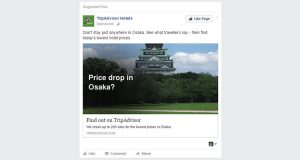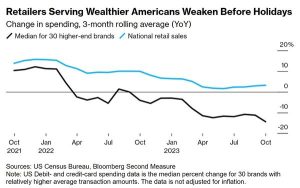Ever since the early days of the Internet, bloggers have found ways to thrive and establish communities around their work. They are the ultimate, and first, digital gatekeepers. Some like Arianna Huffington, Michael Arrington, and Pete Cashmore went on to found new digital empires, such as The Huffington Post, TechCrunch, and Mashable.

Below the level of empire builders are armies of bloggers, reporting and writing about every sector, passion, and niche interest. Even mid-level bloggers, like Leo Babauta of Zenhabits (a great blog to check out if ever you are hitting workload overload), have audiences in the seven figures.

The best bloggers are virtually extensions of the fourth estate: the news media. They cultivate and protect sources. They adhere to high-quality journalistic practices; they won’t sell out their audience, and they aim to beat their competition to a story. Don’t confuse bloggers with “citizen journalists,” made famous thanks to world events like the Arab Spring, Occupy Movement, or riots in Ferguson, MO or London, England. Bloggers can be a fantastic distribution channel for reaching your audience, which is what this blog is about.
Tim Ferriss, the New York Times bestseller of 4-Hour Work Week, 4-Hour Body, and 4-Hour Chef fame, attributes his success partly to his careful, but genuine, cultivation of bloggers as a cornerstone of his marketing tactics.

1. Find Your Digital Gatekeepers
Within the Attentively dashboard, you are getting a massive amount of social data. One of our clients found 2,500 bloggers within their CRM. Some would be great for a long-tail drip feed campaign. Others were A-list bloggers with tens of millions of fans.
Bloggers usually advertize what they do across all their social profiles. Social media is essential to their traffic models, so they normally come with a large number of followers and high Klout scores. Some more high profile ones will also be verified by Twitter, Facebook, and other social networks. A cursory check of the links besides their profiles or a quick Google search will confirm their status as a digital gatekeeper.
Now you’ve got a list you need to determine which will be useful to you. Chances are they will be already following you because your subscriber list is a potentially useful source of information. But before you try and cultivate them it’s worth narrowing the list down to only those relevant to your campaigns.
2. Pitch & Cultivate
Pinterest is a popular image-based social network with over 70 million users, currently valued at $ 5 billion. The founder, Ben Silberman notice that early Pinterest users displayed a passion for design. So Silberman looked for digital gatekeepers who would allow him to attract more people with a similar passion, which is why he built a good relationship with design bloggers. This kick-started Pinterest’s crucial relationship with the blogging community.
Approach them with open and sincere intentions, not like a used car salesman.
Pitching at bloggers is very similar to a press pitch. This is something you might want to leave to a PR or marketing firm, unless you’ve got staffers experienced in this kind of work. It takes time. It isn’t ever accomplished in a single email either. Work on gaining their trust, demonstrating that you have read their work and understand of their audience. You should also be clear on how your marketing message and their audience intersects, otherwise any pitches will be a waste of time.
On average, it can take a few weeks to a few months to build a relationship with them; start with complimenting their articles. Follow up with sending source or story ideas: “I saw this, thought of you.” Only once a decent rapport has been created should you pitch the ask: would you like to review x, or I would love to submit an article to be published on your blog.
3. Incorporate Into Campaigns
Now you’ve got a carefully cultivated team of bloggers who are happy to work with your brand and willing to accept an ask from you, it’s time to incorporate them into a campaign.
Consider them as essential as PR, social media, influencers (the approach you make with a blogger, influencer or media outlet are all quite similar) ads and SEO: they’re another direct channel to reaching a wider audience. Produce content that either they can write about or create content specifically for their blog, complete with all relevant calls to action and links you can track.
Once everything else is live, activate your bloggers within the campaign and watch your traffic numbers and conversion rates uptick.
(325)




